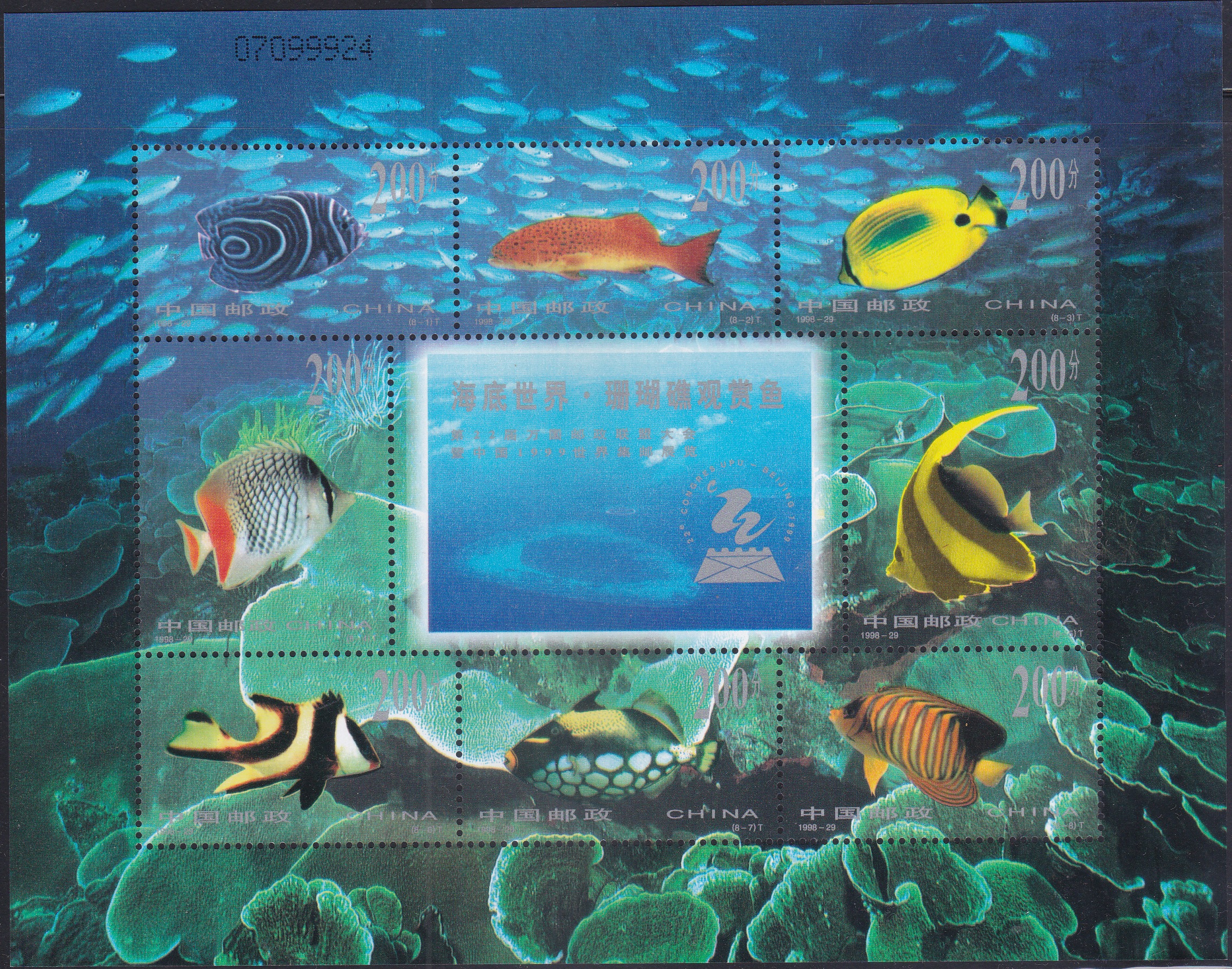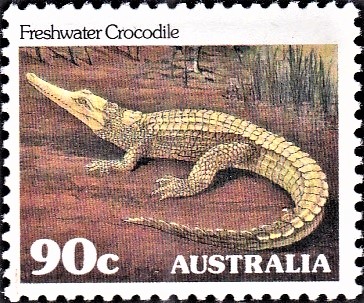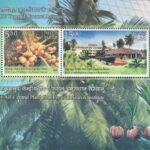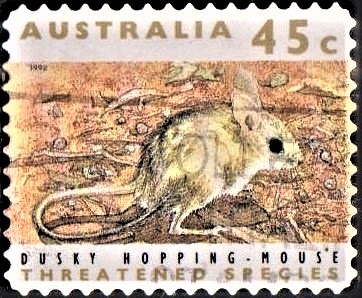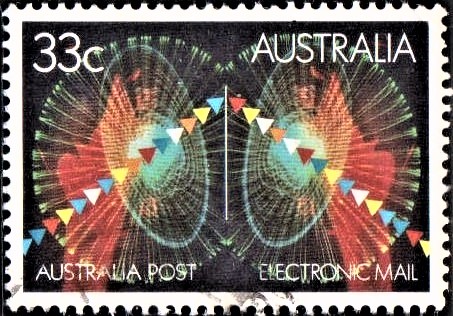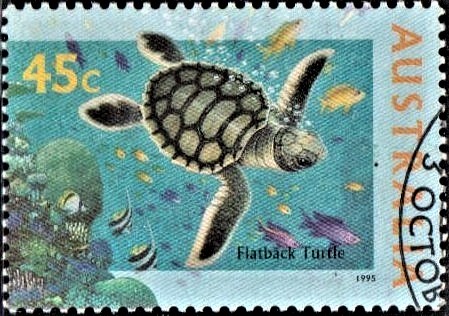
Australia on World Down Under
Complete Set of 6 nos of special postage stamp on the Australian Marine Life :

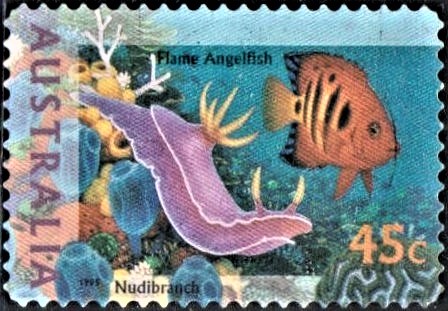
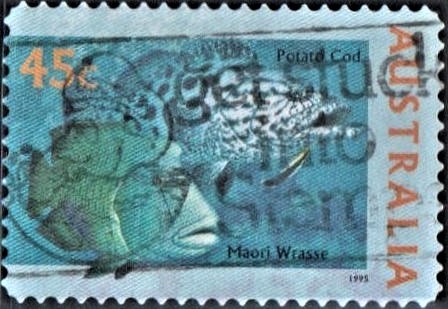
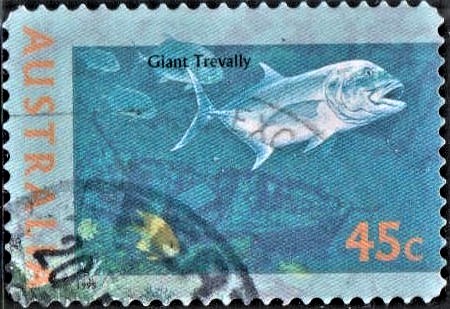
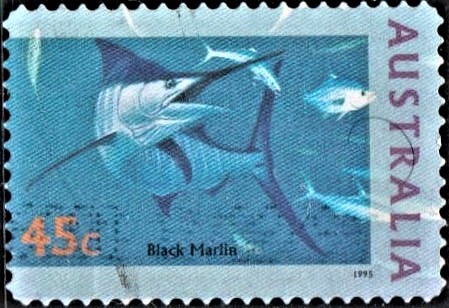
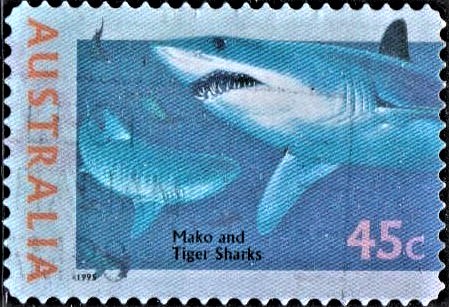 Issued by Australia
Issued by Australia
Issued on Oct 3, 1995
Issued for : The underwater world has become more accessible in the last 30 years. The development of sophisticated diving equipment, such as the research submersible, has enabled scientific research of marine ecosystems to flourish. The advent of commercially available aqualungs has made this alien environment accessible to recreational divers. Others are content to snorkel in shallower reef waters. Developments in underwater photography have further broadcast the attractions of the world down under.
Designer : Gavin Ryan lives on Magnetic Island and knows the Great Barrier Reef intimately. He has completed many stamp designs featuring marine life for different postal administrations, including Australia Post.
Type : Stamps, Postal Used
Colour : Multi colour
Denomination : 45 cents each
About :
- Connecting the Indian, Pacific and Southern Oceans, Australia‘s seas comprise all five of the world’s major temperature zones: tropical, sub-tropical, temperate, subpolar and polar. While borders are more or less non-existent between seas, our coastal marine life can be broadly divided into two: the tropical north and the temperate south.
- Tropical waters are particularly rich in marine life. Indeed, coral reefs are often compared to rainforests in terms of the sheer splendour and diversity of lifeforms. the reefs are actually created by two of the world’s smallest inhabitants. One is a plant: a microscopic single-celled alga, which photosynthesizes sun-light into organic nutrients. the other is an animal: the tiny coral polyp which in turn converts these nutrients into limestone skeletons. The growth, death and eventual compaction of the skeletons forms the basis of a reef. Although some corals can grow up to 30 centimetres a year, reef sediments accrue at a rate of just one millimetre a year.
- Coral reef grows in sunlit lagoons where the water is warm, clear and shallow. reefs are not found in depths of more than 100 metres, or waters where temperatures drop below eighteen degrees.


